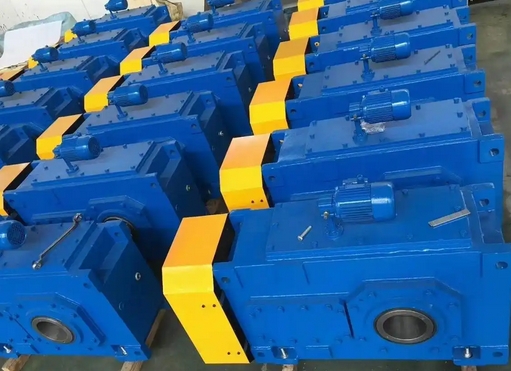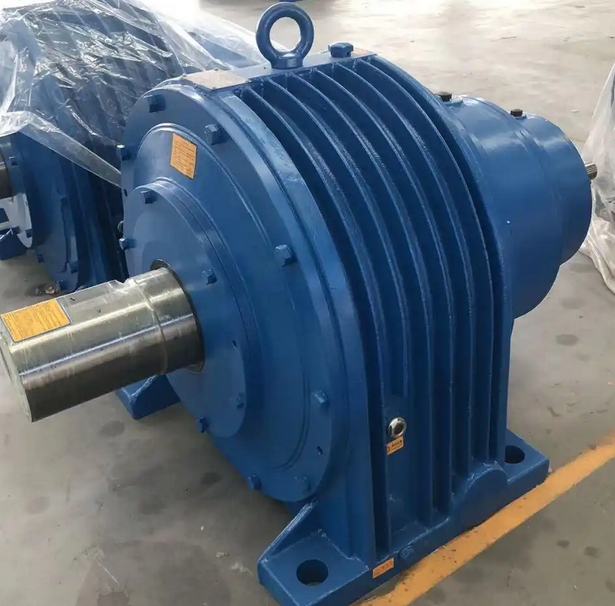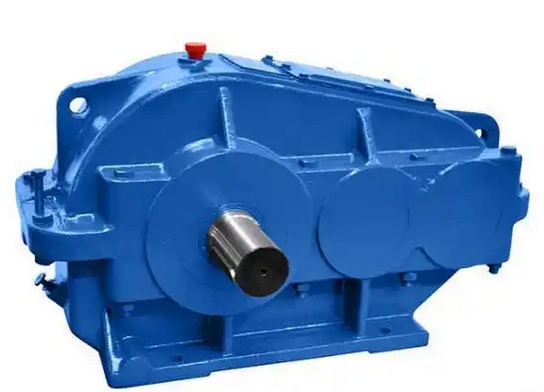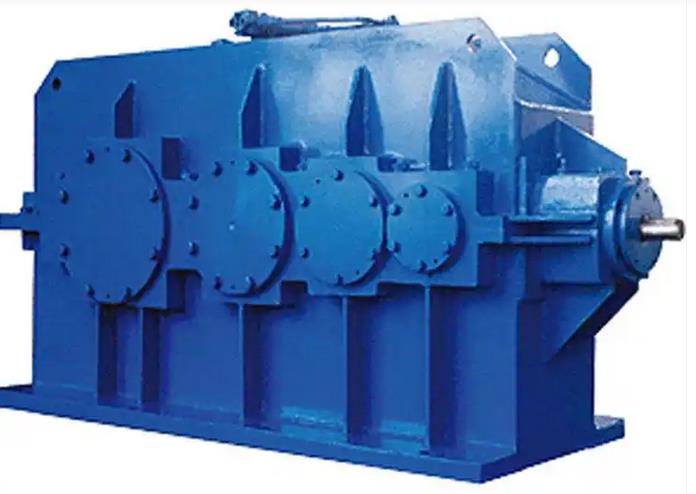What measures should be taken to protect the WPDA120-50:1-B worm gear reducer when the working environment temperature is too high or too low
The working environment temperature of WPDA120-50:1-B worm gear is generally -40 ℃ -+40 ℃. When the working environment temperature is below 0 ℃, the lubricating oil must be heated to above 0 ℃ before starting. When the working environment temperature is above 40 ℃, cooling measures must be taken. as follows:Protective measures when the temperature is too high
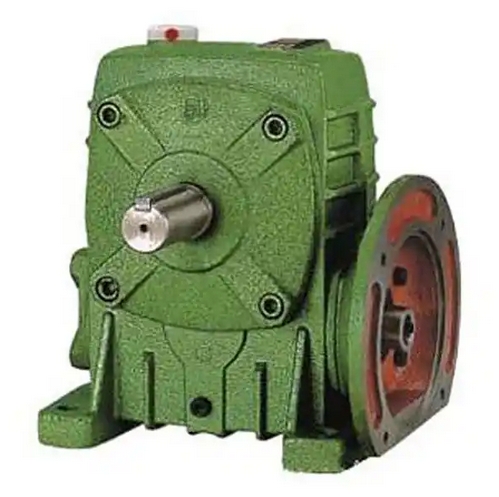
Upgrade related components
Insulation system upgrade: Upgrade the insulation material to H-grade (180 ℃) or C-grade (>200 ℃), such as using heat-resistant materials such as polyimide film and silicone rubber, and using high-temperature resistant epoxy paint or silicone paint for winding immersion.
Upgraded bearings and seals: High temperature resistant bearings such as ceramic bearings or rolling bearings filled with special lubricating grease are used. Lubricating grease should use composite lithium based grease or polyurea based grease, with a drip point of ≥ 260 ℃. The shaft seal adopts fluororubber (FKM) or silicone rubber (VMQ), with a temperature resistance range of -20 ℃~200 ℃.
Strengthen the cooling system
Improved shell structure: The reducer shell is designed with heat dissipation ribs and made of materials with good thermal conductivity, such as aluminum alloy, to improve heat dissipation efficiency.
Configure oil cooling system: Install an oil cooler inside or outside the box to remove heat through circulating oil. The cooling medium can be either cooling water or high-temperature heat transfer oil.
Optimize forced air cooling: Increase fan power or switch to a high-temperature resistant axial fan to ensure sufficient air flow. The fan position should avoid high-temperature airflow circulation and an independent air inlet can be designed.
Optimize installation and environmental control
Stay away from heat sources and insulation: Keep a distance of ≥ 1.5m between the deceleration motor and high-temperature equipment. If unavoidable, install insulation barriers such as aluminum silicate fiber board between the equipment.
Strengthen ventilation: The installation location should ensure air circulation, and a forced ventilation system such as an exhaust fan can be installed to maintain an ambient temperature of ≤ 40 ℃; Enclosed spaces can be designed with air conditioning or air conditioning units to control the local ambient temperature below 60 ℃.
Set up intelligent monitoring and protection system
Real time temperature monitoring: PT100 thermal resistors or thermocouples are implanted in key parts such as motor windings, bearings, and gearbox bodies to monitor temperature in real time. When the temperature exceeds the set threshold, an alarm is triggered and connected to a PLC or temperature controller to achieve linkage control between temperature and cooling system.
Overload and Abnormal Protection: Install thermal overload relays and overcurrent protectors to prevent motor overload operation at high temperatures from exacerbating temperature rise; For motors with variable frequency drive, it is necessary to optimize the parameters of the frequency converter to prevent iron loss and increased heating during high-frequency operation.
Strengthen maintenance and upkeep
Regular inspection: Check the insulation resistance of the motor winding every month, and measure the viscosity and acid value of the lubricating oil in the gearbox; Clean the dust and oil stains on the motor fan and cooling fins every quarter, and check the bearing clearance and temperature rise.

